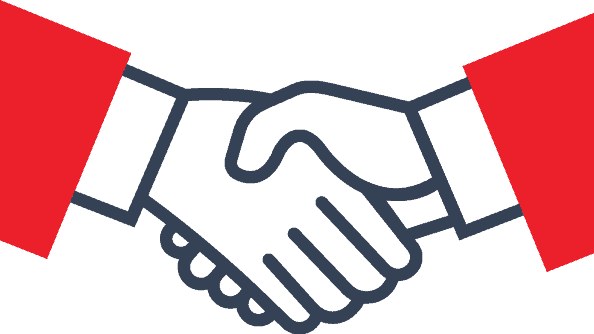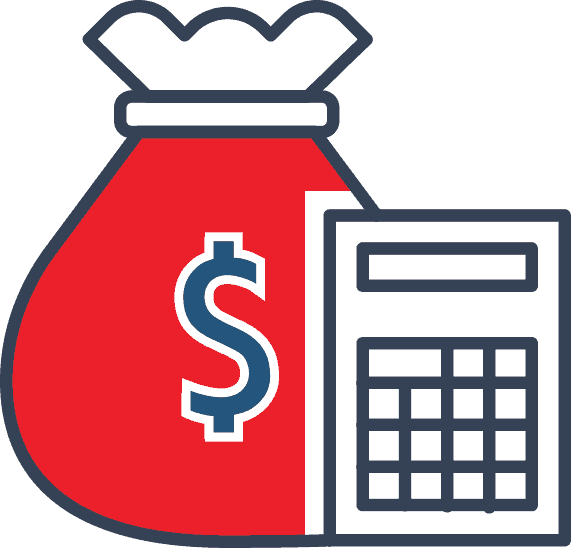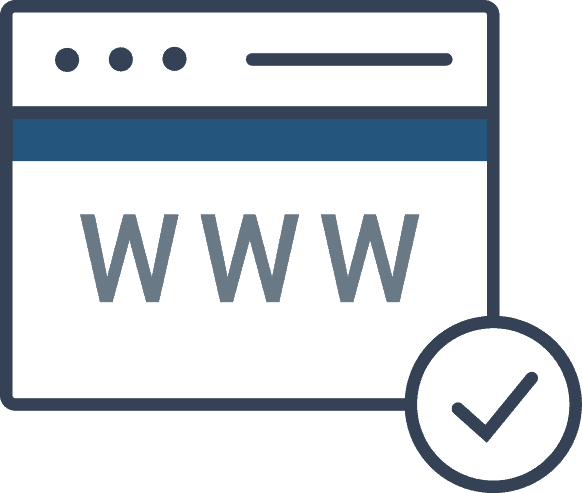It’s a brand new year. January is often themed the month of new opportunities. You seek new financial targets for your business and a new strategy to fuel your business growth in the coming 12 months.
But starting to plan an updated marketing strategy is daunting. Where do you start?
Business partnerships are one area.
I am a strong believer in the power of successful business partnerships with existing companies. My business and my client’s companies have had great success by working with others who have the tools and the audience to fuel growth.
This isn’t a new belief, either. I have written about the different types of business partnerships before and how effective they can be to help you reach your long-term goals. To help you get started in one of these partnerships successfully, there are three steps you must take.
Business Partnerships Breed Success
People are online now more than ever. Smartphones and tablets have taken over our lives. Now, it’s hard to go into a coffee shop or restaurant and not see technology littering the tables.
Businesses know this, which has made the competitive landscape of digital marketing fiercer than ever. As the competition to attract digitally sophisticated consumers intensifies so does the importance of strategic partnerships.
More than a third of CMOs say that digital marketing will account for 75% or more of their spending within the next five years.
With more budgets increasingly focused towards digital channels, there’s one strong way to stand out from the noise – by aligning your business with others who can help you reach new audiences and instantly build trust.
Makes sense, right? Let’s dig a little deeper to see how this works.
Digital Partnerships Trump Traditional Joint Ventures
Business partnerships aren’t new. Traditionally, these happened as acquisitions or joint ventures where businesses pooled their resources to reach one specific goal. This goal was separate from each participant’s other business interests.
But digital partnerships are different than these traditional models. This style of partnership allows companies to work together to deliver a valuable and more cohesive offering to customers.
Here’s a basic example.
If one business has a product to sell and another is lacking the product but has an audience of interested buyers, both parties can win by partnering together. Company 1 reaches new people while company 2 earns a portion of the sale. The two companies align to make the relationship stronger.
A year later, the roles might be reversed. Company 2 might reach out and ask for help promoting their new service offering. It will be a natural fit because both companies have aligned in the past.
Brompton fold-up bicycles in the UK were very smart with their recent digital partnership. They wanted to take their popular product to the Chinese market.
How did they do this?
They partnered with another British icon – Royal Mail – who had just opened up their own virtual storefront on Alibaba’s Tmall Global e-marketplace, one of China’s online giants. This platform allowed Royal Mail to reach out to 302 million online Chinese consumers, offering them British products, like Brompton.
Royal Mail got a cut of the sale and Brompton were able to tap into their huge and highly targeted online community.
A perfect match!
Customers love when businesses partner together too. 56% of senior executives feel that having digital partners is viewed positively by key customers or clients.
Here are the 3 key steps you need to take to implement an effective partnership strategy.
- Define your objectives
- Identify a suitable online offering to achieve your objectives
- Select the right type of digital partner for growth.
Step 1: Define Your Objectives
Stop! Before you start scrolling through the rolodex on your phone, think about your objectives. What do you hope to achieve when you enter a new partnership.
Focusing specifically on 2016 business growth, your objectives should be focused on one or more of the following areas:
- Developing new revenue streams
- Penetrating new local or international markets
- Selling a new product or service to core customers
- Establishing a new distribution channel
- Accelerating new market entry
- Maximising your marketing spends return on investment.
Obviously, your objectives must be SMART focused – Specific, Measureable, Attainable, Relevant and Time-Bound. This will help you achieve the desired results and ensure you are able to measure your success effectively.
Step 2: Develop a Suitable Online Offer
With your objective in mind, start defining what you will offer online.
NASA have done just this. They host an online innovation community which is designed to tap into expertise from outside the aerospace industry. The idea being they will be able to accelerate their development of deep space technology compared with its traditional contract based approach.
Like NASA you must create an online offer that is both financially attractive and is supported operationally by your business. The best partners are savvy and are probably being courted by many vendors. Aim to develop an offer that is focused towards benefiting both parties.
Potential partners want to see three things:
- What am I selling?
- How do I make money?
- What can others do to help me reach my financial goals?
Think about your product or service as it relates to your target audience. Who are you trying to reach out to? Which of your market segments are not currently responding and how can you develop an offer that will encourage them to sign up with you?
A great example of this is the recent Spotify and Starbucks collaboration.
Spotify recently entered into a digital partnership with Starbucks during a time when music streaming is facing formidable competition from the likes of Apple. They wanted to gain access to the offline consumer and targeting Starbucks users while they were drinking their morning latte’s was seen as a good way to go. The deal allowed Spotify to link Starbucks’ 7,000 stores in the US and 10 million My Starbucks Rewards® loyalty members with Spotify’s more than 60 million global users.
This deal created a first-of-its-kind digital ecosystem. This gets the juices flowing doesn’t it?
Step 3: Select the Right Partner
The final step in the equation – identify a number of potential digital partners who have what you need and approach them.
Digital partnerships can be very beneficial from a cost and risk point of view, particularly if you are planning on entering a new geographic market. However, there are some risks involved.
Should everything not go according to plan your business stands to lose money and tarnish your reputation. It’s important to select the right type of partnership for your needs.
I would advise you to always have your objectives in mind when going through the selection process. Think about what you are trying to achieve and who could help you make this possible? Identify partners who have the resources and customers that you seek.
The types of digital partnerships available can range from two company alliances, such as Spotify and Starbucks, to wider networks and innovation clusters like The Digital News Initiative by Google. Don’t be afraid to think big. If you have what your partner needs, then it is sure to be a win-win situation.
Takeaways
No matter what your business offering may be, digital partnerships can play a key role in boosting revenue, if done correctly. With budgets turning towards digital marketing channels, it’s more important than ever to think about how you can partner online with other businesses.
The trick is to figure out what your objectives are, the type of partnership you want and then develop an offer they can’t refuse.
Want a little extra support while forming these essential partnerships? My team and I are here for you. Reach out for a free business consultation and we’ll steer you in the right direction at no cost.

























